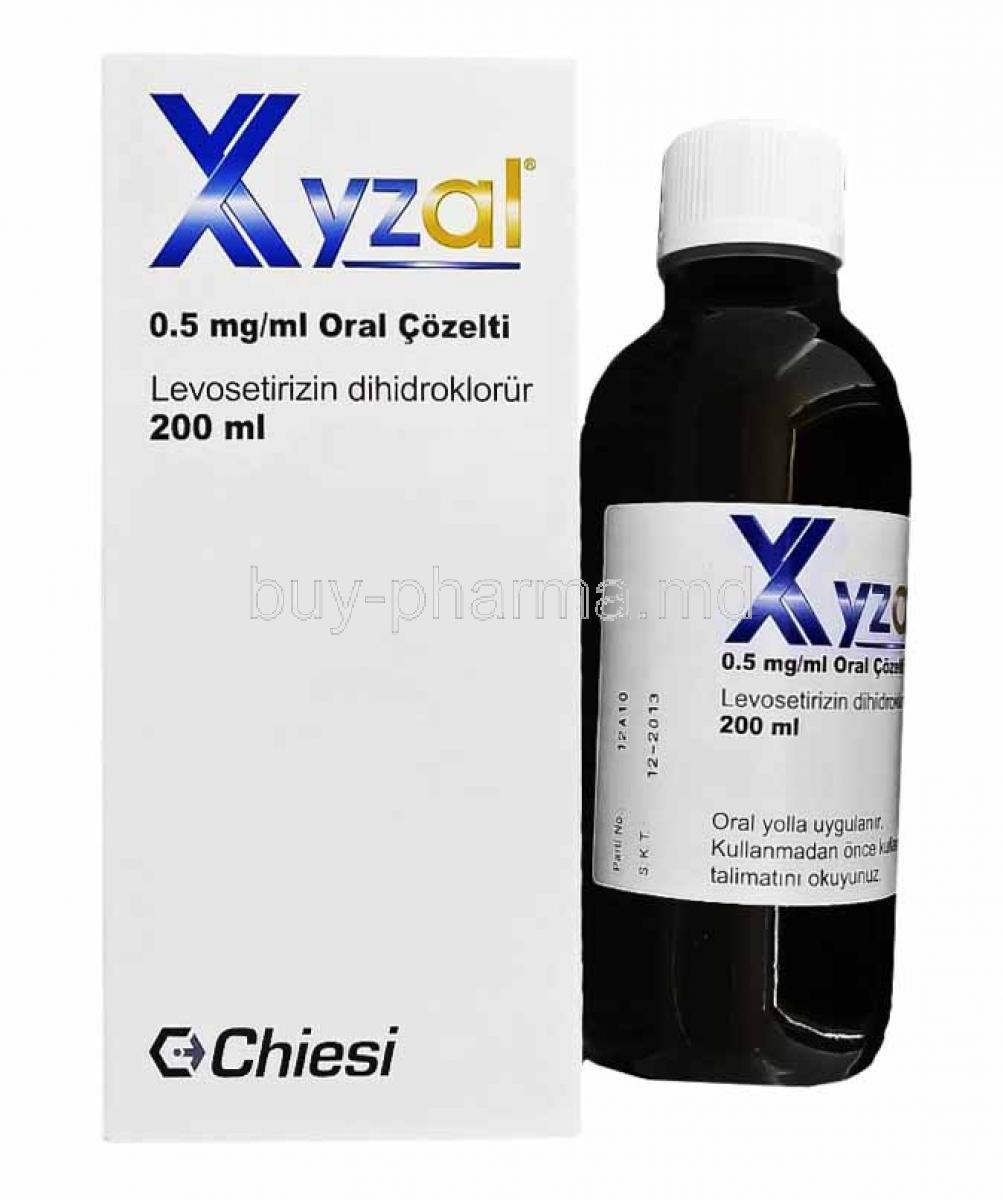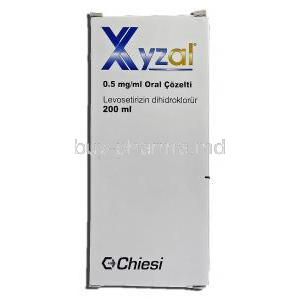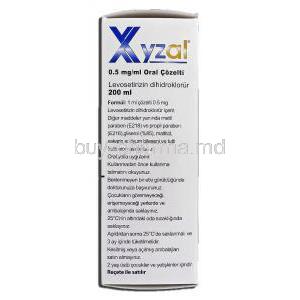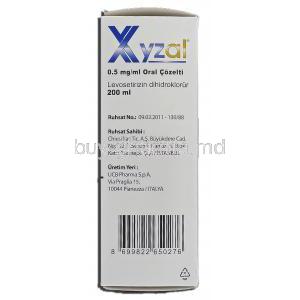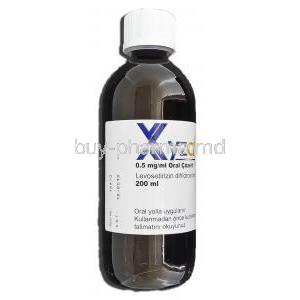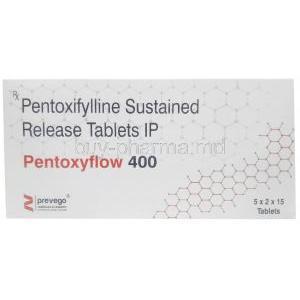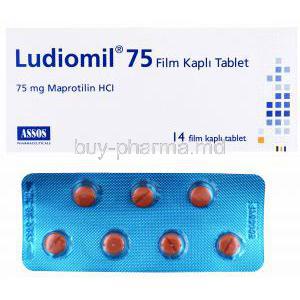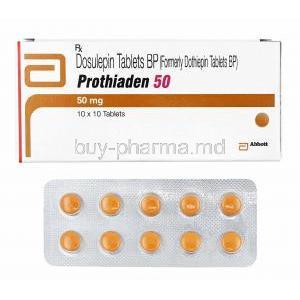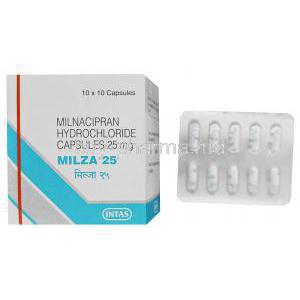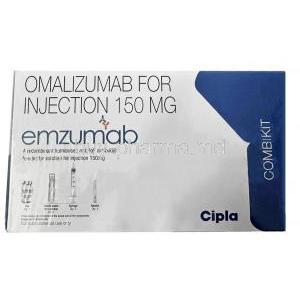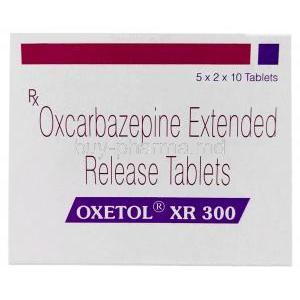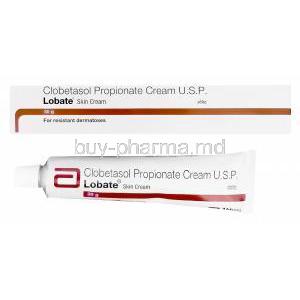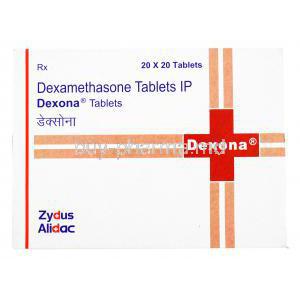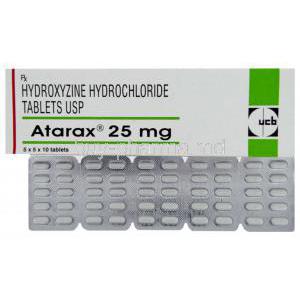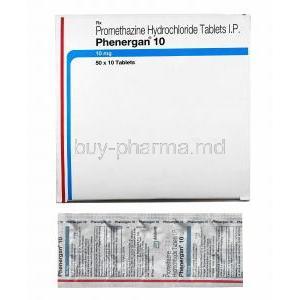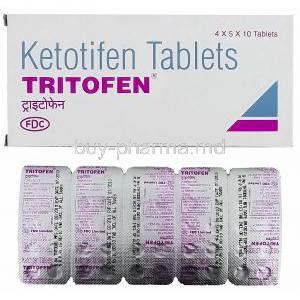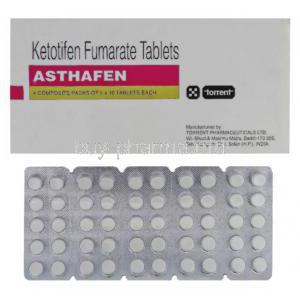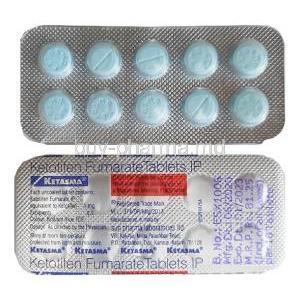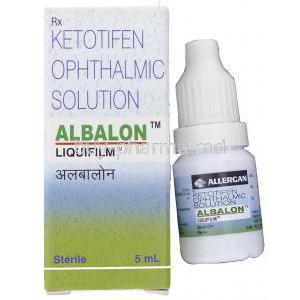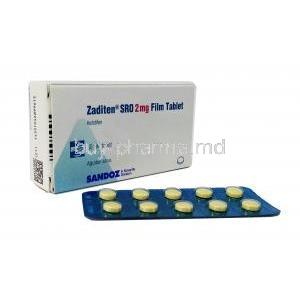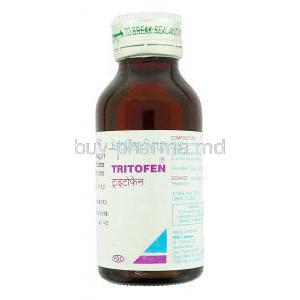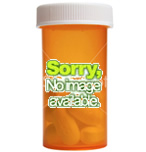1. Introduction to Xyzal Oral Solution
Xyzal Oral Solution is a pharmaceutical-grade antihistamine designed for both adults and pediatric patients experiencing allergy symptoms. With its pleasant taste and liquid formulation, it offers an alternative for individuals who have difficulty swallowing tablets or require precise, weight-based dosing. The solution provides swift symptom relief, minimizing discomfort associated with allergic responses.
This medication falls under the category of second-generation antihistamines—non-sedating agents that target histamine H1 receptors with high specificity. It is primarily prescribed for allergic rhinitis and urticaria. Manufactured by UCB Pharma and approved by multiple international regulatory authorities, Xyzal is considered a trusted agent in allergy management. It is widely available in a 2.5 mg/5 mL oral liquid formulation, facilitating ease of pediatric and geriatric dosing.
2. Composition and Active Ingredients
- Active Ingredient: Levocetirizine dihydrochloride
- Concentration: 2.5 mg of levocetirizine per 5 mL of oral solution
Levocetirizine is the active enantiomer of cetirizine, known for its potent H1 receptor blockade and minimal sedative effect. The solution is formulated with a range of inactive excipients including sorbitol, glycerin, methylparaben, propylparaben, and purified water. These ingredients ensure stability, palatability, and safety for a broad patient demographic.
Notably, the oral solution is:
- Free from alcohol
- Free from artificial coloring
- Low in sugar content
Such characteristics make it suitable for patients with dietary restrictions or metabolic conditions like diabetes.
3. Mechanism of Action: How Xyzal Oral Solution Works
Xyzal operates by selectively antagonizing peripheral H1 histamine receptors. This prevents histamine—a key inflammatory mediator—from exerting its effects on nasal passages, skin, and ocular tissues.
- Onset of action: Typically within 1 hour of ingestion
- Duration: Maintains efficacy for up to 24 hours with once-daily dosing
Due to its low penetration across the blood-brain barrier, central nervous system effects such as drowsiness are minimized compared to first-generation antihistamines. Unlike diphenhydramine or hydroxyzine, levocetirizine offers targeted relief without significant cognitive or psychomotor impairment.
4. Indications and Uses of Xyzal Oral Solution
4.1. FDA-Approved Uses
Xyzal is indicated for:
- Seasonal allergic rhinitis: Sneezing, runny nose, and itchy eyes during pollen-heavy seasons
- Perennial allergic rhinitis: Year-round symptoms triggered by dust mites, pet dander, or molds
- Chronic idiopathic urticaria: Persistent hives and itching with no identifiable cause
4.2. Off-Label Uses of Xyzal Oral Solution
In clinical practice, Xyzal is also prescribed for:
- Refractory pruritus associated with atopic dermatitis
- Cold-induced or pressure urticaria unresponsive to topical measures
- Sleep disruption due to nocturnal allergic rhinitis
- Adjunctive therapy in pediatric eczema and mild asthma with allergic triggers
5. Dosage and Administration Guidelines
5.1. Standard Dosage by Age Group
- Adults and adolescents (≥12 years): 5 mL once daily
- Children 6–11 years: 2.5 mL once daily
- Children 6 months to 5 years: 1.25 mL once daily
5.2. Dosage Adjustments
- Renal impairment: Dose reduction based on eGFR (avoid if eGFR < 10 mL/min)
- Hepatic impairment: Usually safe; monitor in severe cases
- Missed dose: Administer as soon as remembered unless close to next dose
5.3. Method and Timing of Administration
Xyzal Oral Solution can be administered with or without food. For optimal symptom control, nighttime dosing is preferred due to circadian histamine peaks.
- Use calibrated oral syringe or dosing cup
- Shake gently before use if indicated by packaging
6. Side Effects of Xyzal Oral Solution
6.1. Common Side Effects
- Drowsiness
- Fatigue or decreased alertness
- Dry mouth
- Headache
- Nasopharyngitis in pediatric users
6.2. Less Common and Rare Side Effects
- Epigastric discomfort, nausea
- Insomnia or vivid dreams
- Dermatologic reactions such as rash or itching
6.3. Serious Adverse Reactions
- Anaphylaxis requiring immediate discontinuation
- Convulsions in sensitive populations
- Behavioral changes in children: hyperactivity, agitation, irritability
7. Drug Interactions and Cautions
Caution is advised when using Xyzal Oral Solution concomitantly with other central nervous system depressants:
- Alcohol, benzodiazepines, opioids: Enhanced sedation risk
- Theophylline: May alter levocetirizine clearance
- Ritonavir, ketoconazole, erythromycin: Potential alterations in metabolism
- Grapefruit juice: May modify plasma levels unpredictably
8. Contraindications for Xyzal Oral Solution
Xyzal is contraindicated in the following scenarios:
- Hypersensitivity to levocetirizine, cetirizine, or any formulation components
- End-stage renal disease with eGFR < 10 mL/min due to drug accumulation
- Prior episodes of severe allergic responses to antihistamines
Careful evaluation is recommended before initiating treatment in patients with urinary retention risk or seizure history.
9. Warnings and Precautions
9.1. Important Safety Warnings
Xyzal Oral Solution, while generally well-tolerated, presents several notable safety concerns that warrant cautious use in certain individuals.
- Drowsiness and Driving Impairment: Although classified as a non-sedating antihistamine, Xyzal may still induce mild somnolence in sensitive individuals. Caution should be exercised when operating machinery or driving, especially during initiation of therapy.
- Urinary Retention Risk: Patients with predisposing conditions such as prostatic hypertrophy, spinal cord injuries, or bladder outlet obstruction may experience exacerbation of urinary retention symptoms. Monitoring and dose adjustments may be required.
9.2. General Precautions Before Use
Several pre-existing conditions and lifestyle factors may influence the safety profile of Xyzal Oral Solution:
- Central Nervous System (CNS) Disorders: Individuals with a history of epilepsy, seizure disorders, or neurologic sensitivity should be monitored closely due to isolated reports of CNS excitation or sedation.
- Concurrent Alcohol Use: Alcohol may potentiate the mild sedative effects of levocetirizine, increasing the risk of drowsiness, impaired coordination, and cognitive decline. Alcohol consumption should be minimized or avoided during therapy.
- Concomitant Use of CNS Depressants: Co-administration with sedatives, hypnotics, benzodiazepines, or opioids can lead to additive sedation. A thorough medication review is advised to prevent CNS depression.
10. Special Populations and Careful Administration
10.1. Administration in Elderly Patients
The elderly may exhibit increased susceptibility to side effects due to age-related pharmacokinetic and pharmacodynamic changes:
- Renal Function Decline: Given that levocetirizine is renally excreted, dose reductions may be necessary in patients with reduced glomerular filtration rate (GFR). Baseline renal function assessment is recommended before initiating treatment.
- Fall Risk and Sedation Monitoring: Even low-grade sedation may impair balance or coordination in elderly individuals, elevating the risk of falls, fractures, or cognitive changes. Periodic monitoring is essential.
10.2. Use During Pregnancy and Lactation
Prescribing Xyzal to pregnant or lactating women requires a careful benefit-risk assessment:
- Pregnancy Category: Animal reproduction studies have not demonstrated teratogenic effects, but adequate and well-controlled human studies are lacking. Use should be limited to cases where therapeutic benefit clearly outweighs fetal risk.
- Placental and Milk Transfer: Levocetirizine crosses the placenta and is excreted in breast milk. Neonatal exposure through breastfeeding may lead to sedation or irritability in the infant.
- Nursing Mothers: A precautionary approach is advised. If treatment is essential, close monitoring of the breastfed infant is required or an alternative non-sedating agent with established lactation safety should be considered.
10.3. Use in Pediatric Populations
Xyzal Oral Solution is approved for use in children as young as 6 months of age; however, specific pediatric considerations apply:
- Infant Use (6 months and older): Safety and efficacy are well-documented in infants, though monitoring for sedation and appetite suppression is advised.
- Behavioral Side Effects: Reports of hyperactivity, irritability, or sleep disturbances have been noted, particularly in younger children. Caregiver vigilance is important.
- Chronic Use Considerations: For long-term administration, especially in atopic or allergic pediatric patients, periodic reassessment of therapeutic necessity is recommended to minimize unnecessary pharmacologic exposure.
11. Overdose and Emergency Management
Overdose of levocetirizine, though infrequent, may lead to both neurological and gastrointestinal manifestations:
- Typical Symptoms: Somnolence, restlessness, agitation, dizziness, or increased heart rate
- Pediatric Overdose: In children, paradoxical excitation—manifesting as hyperactivity or sleeplessness—may occur alongside drowsiness
Emergency interventions include:
- Supportive care and symptomatic treatment
- Gastric lavage if ingestion is recent and patient is conscious
- Activated charcoal may be administered to reduce systemic absorption
- Close cardiac and respiratory monitoring in a clinical setting
12. Storage and Shelf-Life Information
Proper storage ensures the stability and efficacy of Xyzal Oral Solution throughout its shelf-life:
- Recommended Temperature: Store at 20–25°C (68–77°F). Temporary excursions between 15–30°C are acceptable.
- Protection: Keep away from direct sunlight and moisture. Avoid freezing.
- Shelf-Life After Opening: Discard any remaining solution within 3 months of opening unless otherwise specified by the manufacturer.
- Disposal: Expired or unused medication should be disposed of in accordance with local pharmaceutical waste guidelines. Do not flush down the toilet or pour into drains.
13. Handling and Dispensing Precautions
To ensure accurate and safe administration, the following best practices should be followed:
- Shake Well: If the product contains suspending agents, ensure it is shaken thoroughly before each use to maintain homogeneity.
- Use Accurate Measuring Devices: Employ the provided oral syringe, dosing cup, or calibrated spoon. Household utensils may lead to incorrect dosing.
- Pediatric Labeling: Clearly label each bottle with child-specific dosing instructions to avoid confusion or overdose risk.
- Caregiver Instructions: Educate caregivers on correct administration timing, recognition of side effects, and proper storage. Provide written instructions when dispensing to ensure adherence.

